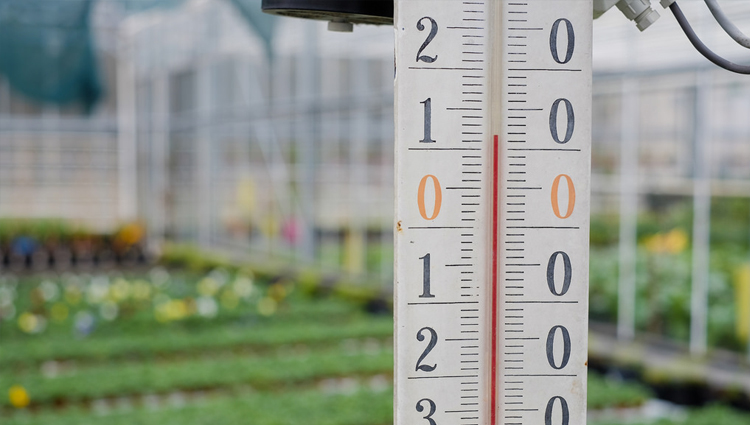Shipping Sensor Goes to Work for Climate Science

(Inside Science) -- A device the size of a deck of playing cards that can track temperature, humidity, light and barometric pressure is moving from the shipping world to the realm of research to help develop a better understanding of how the climate is changing.
The device, called SenseAware, was originally designed by the international shipping company FedEx to monitor critical shipments -- packages that include things like organs, blood, and vaccines, which must be kept within exact temperature ranges. The sensor can keep tabs of where a package is located, if it has been opened, and all kinds of environmental conditions, according to Michelle Proctor, director of innovation at FedEx.
Proctor's team went to the National Institute of Standards and Technology to make sure the device was sufficiently exacting, and that's where the plan was hatched to use it for research.
"We decided to take the sensors to another level, and use it as a weather station," said Greg Strouse, leader of NIST's Temperature and Humidity Group.
This week, the sensors will be placed at three different locations in a square kilometer around NIST's campus in Gaithersburg, Md. Their first task will be to obtain a mix of measurements.
"The historical data in climate, the reference data sets, is based on analog mercury thermometer measurements," said Strouse.
Strouse said that the uncertainty attached to those old-style thermometers is not well understood, so one of the plans is to measure the historical method and the current digital method side by side to get a better grasp of the differences. The SenseAware device is accurate to within 0.02 degrees Celsius and able to send and store data for up to 30 days. The battery can also be charged by a solar panel.
In addition, the sensors will be attached to a tower 20 meters high in order to better grasp how surface temperature can change in a three-dimensional gradient.
"Right now, most surface air modeling is only two-dimensional -- most weather stations around the world are 1.5 meters off the ground," said Strouse. "We're trying to build a more complex climate model by putting sensors at different heights, which can give a more nuanced model of conditions like heat islands or how winds work near the Earth’s surface."
The sensors will transmit data about temperature, barometric pressure and humidity back to the researchers every 15 minutes through a sophisticated GPS system. Strouse says that the ability to perform near-continuous measurements is more informative than the old method of surface temperature measurement, which only happened once per day.
"This will allow us to study and compare alternative, conventional observation protocols for the reading of maxima and minima, which should help shed light on the meaning and uncertainty of historical surface temperature data," Strouse said.
All this is important as complex models of temperature -- the world's second most measured unit after time -- are being considered to determine how and why the world is warming. Meteorologists and climate scientists are increasingly turning to specialists in measurement, said Strouse.
Sensor-based monitoring can be helpful in other areas, as well.
"Sensor networks will help us keep an eye on natural and man-made systems in the years ahead," said Sanjay Sarma, a professor of mechanical engineering at the Massachusetts Institute of Technology in Cambridge.
Sarma explains that ubiquitous sensors could alert people to everything from bridge collapses to stray embers that could trigger forest fires. “I see sensor networks as a silent safety net for humanity as it tries to thrive while struggling to conserve resources on our increasingly stressed planet.”
Sarma adds that the United States is fortunate to have an environment in which cross-fertilization between research and industry is both continuous and brisk.
Strouse said that he's glad both industry and science can work together so easily.
"FedEx had the idea for critical shipments, and the spinoff of new uses came from the group here, but everyone has embraced that thought," said Strouse.
